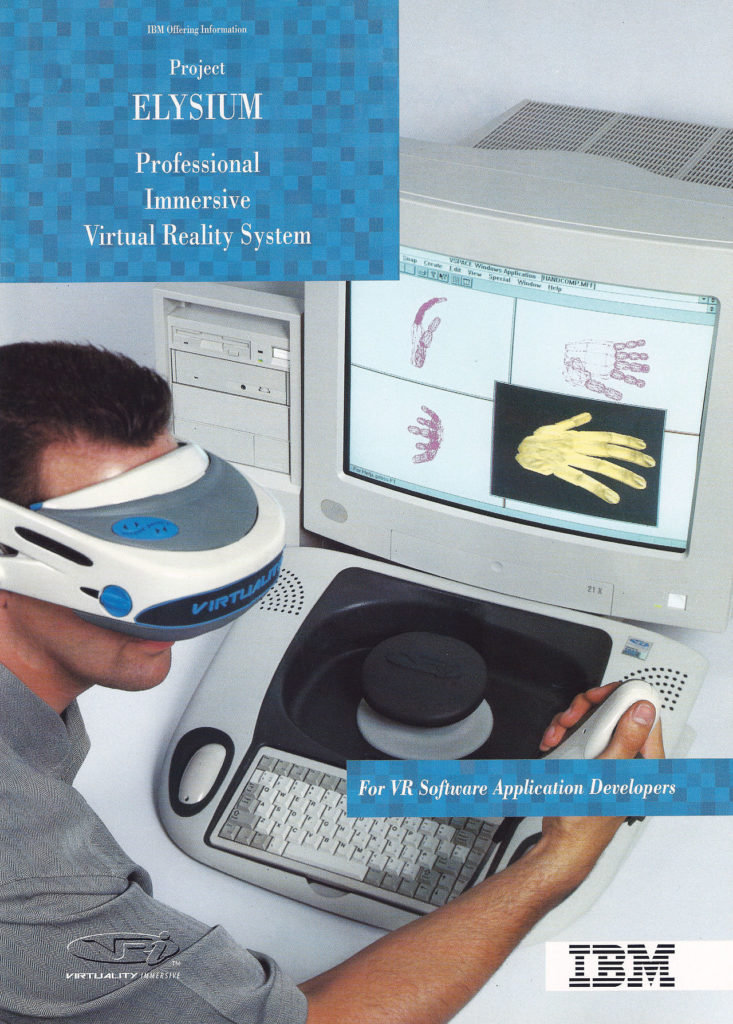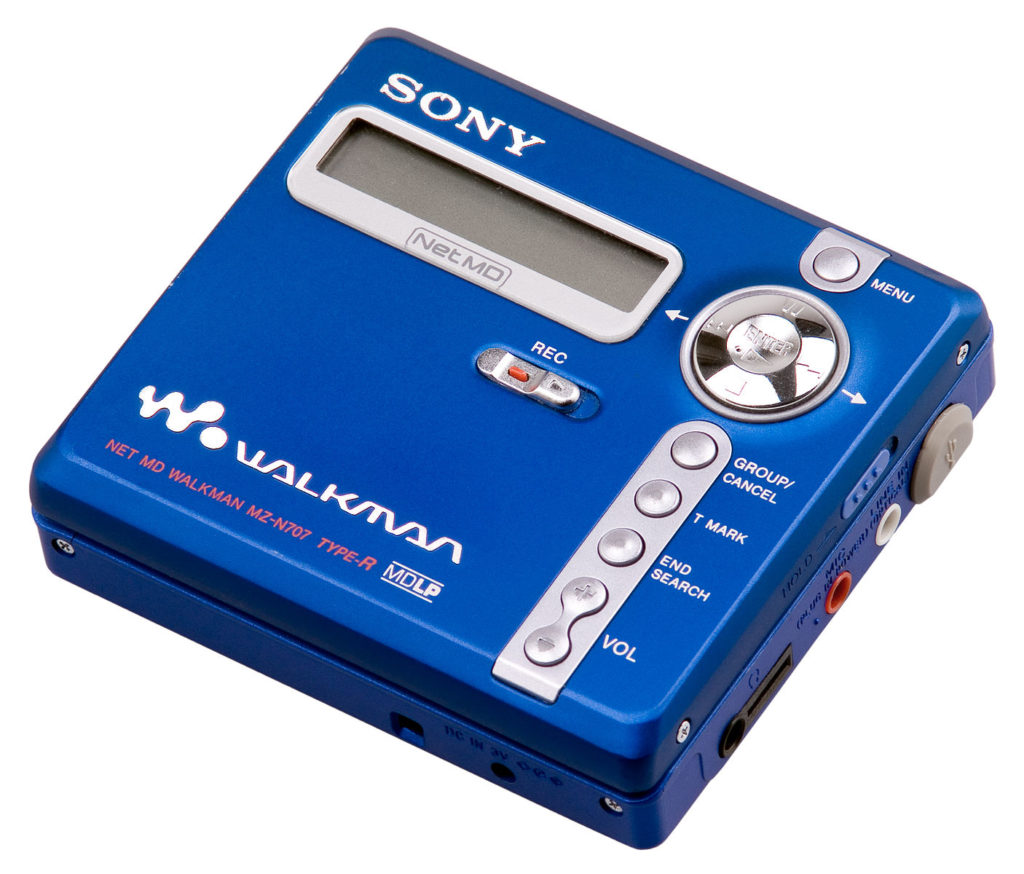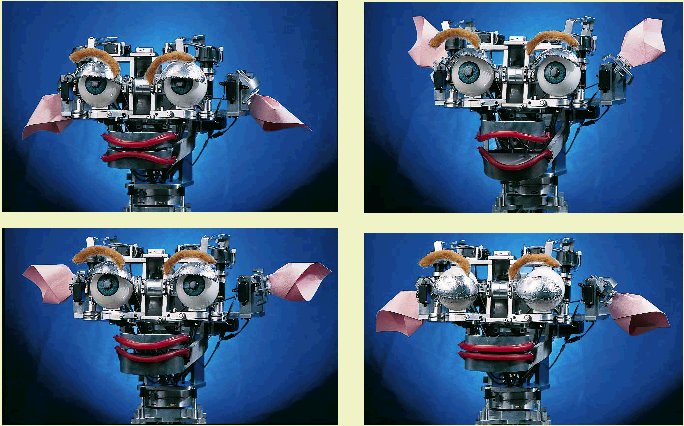Ah, the golden era of VHS, pagers, and candy-colored iMacs. Most cutting-edge technology of the nineties would probably make you roll your eyes and say, “As if.” However, a handful of products managed to, like, totally define modern-day tech trends.
Kismet
Image from: ACM.org
Today we have realistic androids telling jokes on national TV, but back then we only had Kismet, a robot head designed by MIT to recognize and imitate human emotions. Rather than being a gentle first step into the uncanny valley of AI, Kismet was more of a nightmarishly deconstructed Furby that could only babble like an infant. Still, we must praise this strange, primordial creature for showing us the potential of robotics.
Giga Pets
https://www.youtube.com/watch?v=vJeYivZE1CY
Nintendo’s Game Boy of 1989-1990 takes credit for popularizing the ability to play video games anywhere, at any time. But the virtual pet fad of the late nineties — manifested domestically through Tiger Electronics’ Giga Pets — transcended demographics and proved that mobile gaming wasn’t only for adolescent boys.
Virtuality’s Project Elysium

Image: Virtuality Wikipedia page
Originally invested in arcade-style VR shooters, Virtuality sought to expand into the commercial sector with software that lets users manage and access data in a virtual reality setting. This so-called Project Elysium failed due to the clunky, overpriced gear it required, but Virtuality remains the lesser-known ancestor of wearable-driven augmented reality.
PalmPilot

Image: Variety
Succeeding where Apple Newton and other PDAs failed, the PalmPilot introduced an easy-to-use, icon-based dashboard of productivity apps, as well as a new stylus-friendly alphabet called Graffiti. As is often the case with transition technology, however, Palm could not compete with the robust functionality of the fledgling smartphone.
Sony Minidisc Player

Image: Minidisc Wikipedia page
The minidisc filled the gap that came after CDs and before digital music apps. Not only could users play their music anywhere, but now they could also compile their own custom mixes, opening the door to personalized, on-demand playlists. Once music libraries migrated to the cloud, the minidisc player joined Discman in the obsolete hardware graveyard.
AOL

Mock it all you want, but AOL undeniably blazed the internet trail. Thanks to a viral campaign that showered the nation with free trial CDs, America Online introduced much of the general populace to this newfangled World Wide Web, solidifying the legitimacy of e-commerce and turning the soundbyte “You’ve got mail” into a fanfare for the upcoming information age.


You must be logged in to post a comment.